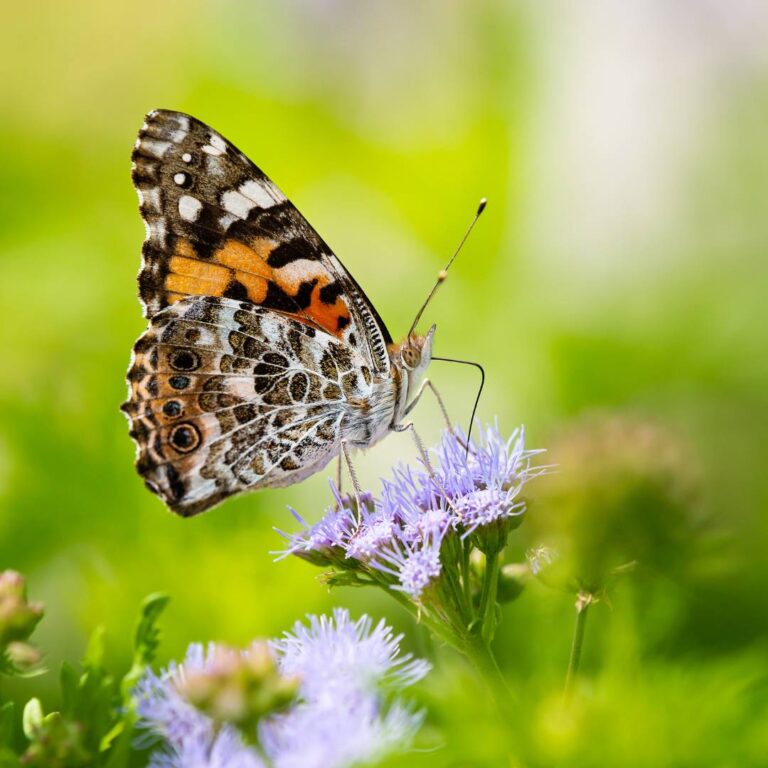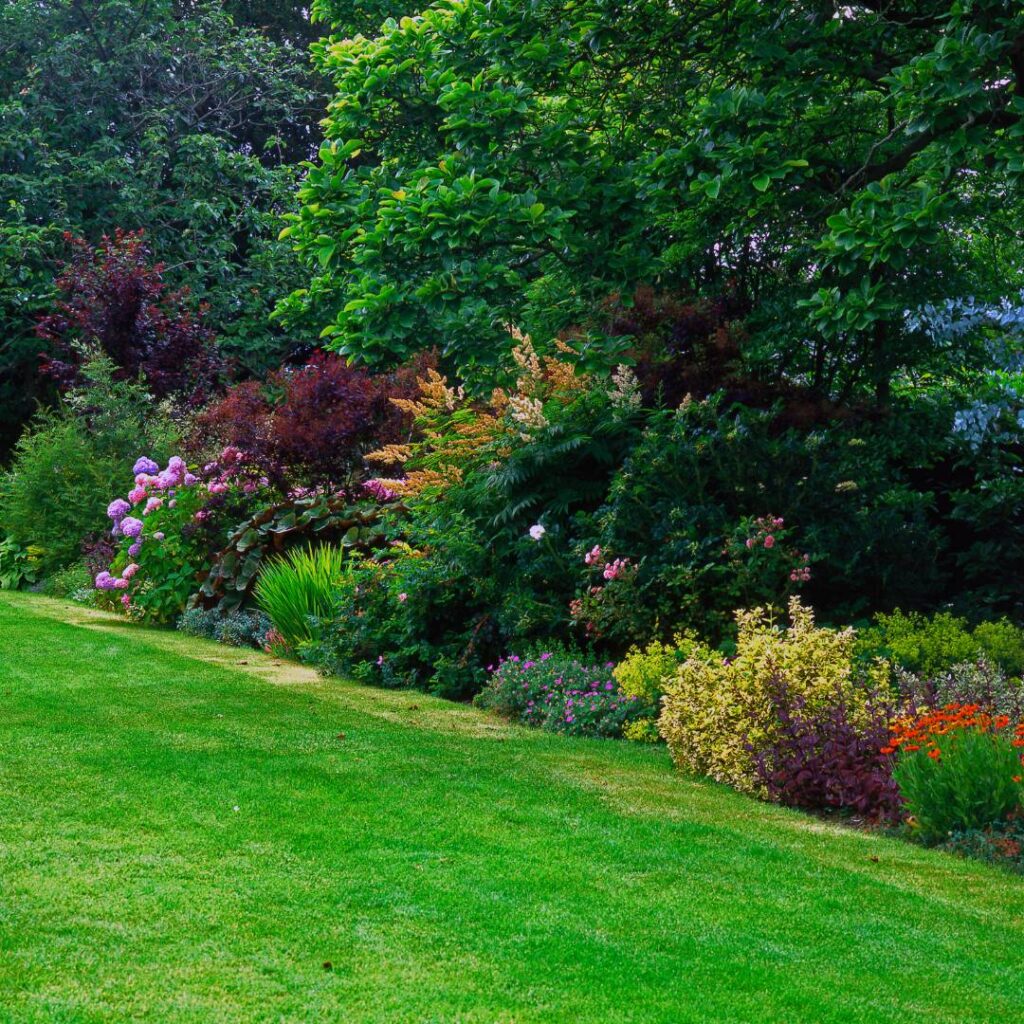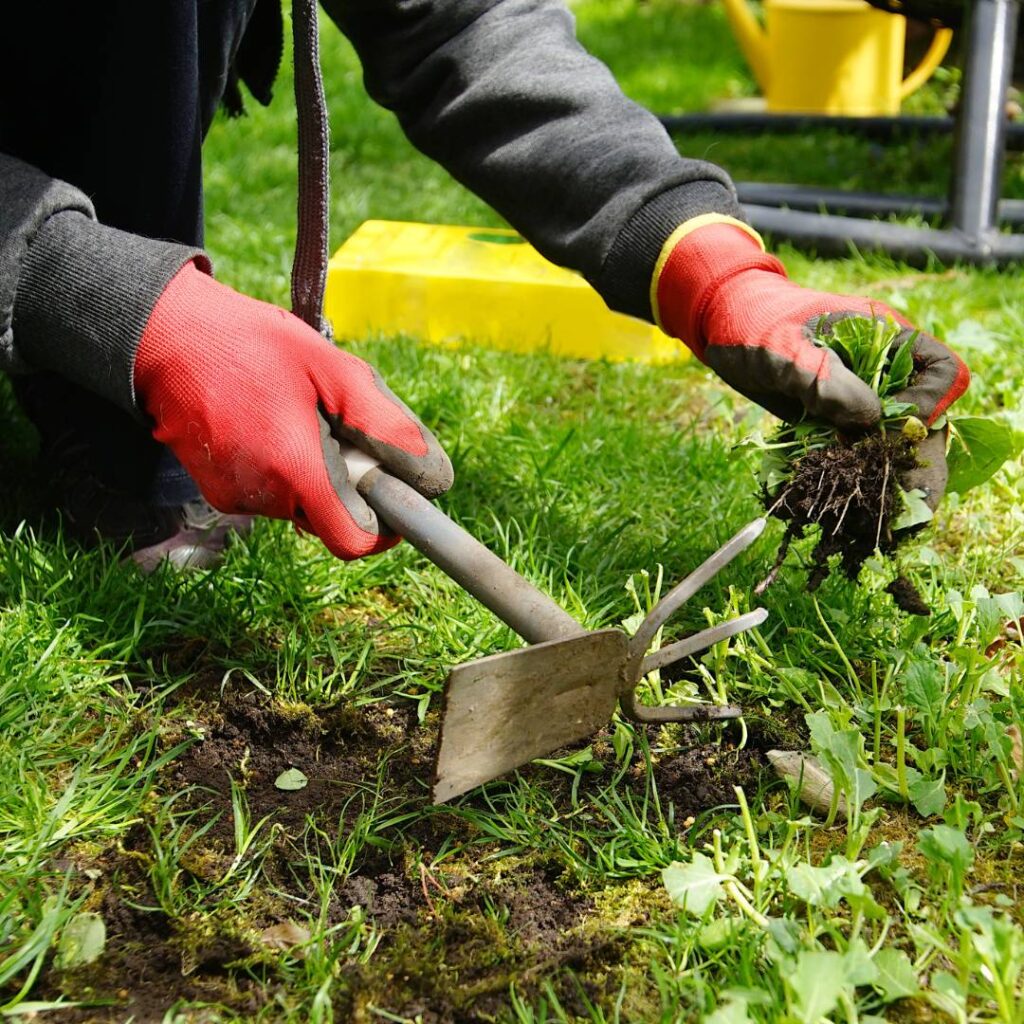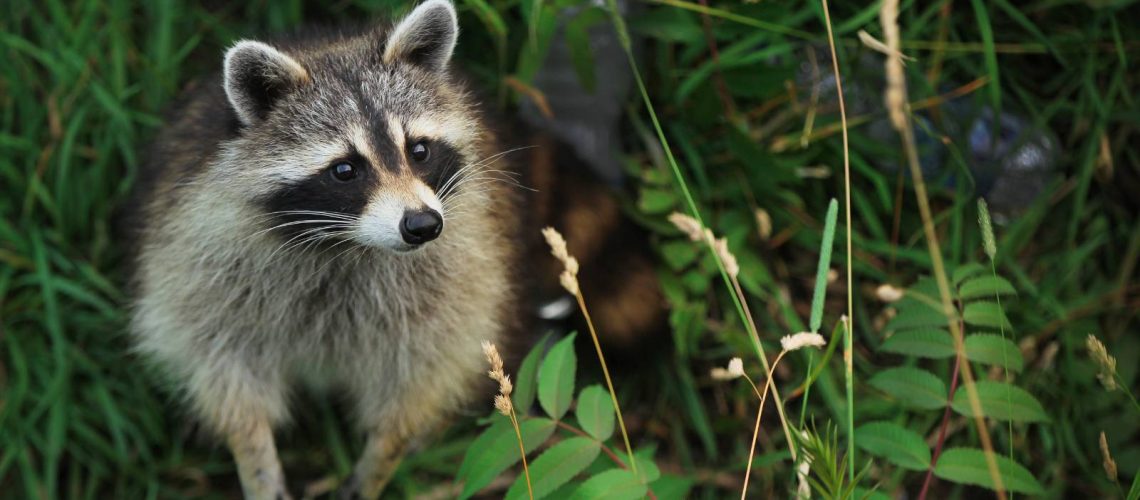What is a Certified Wildlife Habitat®?
A Certified Wildlife Habitat® is an area of land (i.e. yard, garden, schoolyard, patio, etc.) that has been designed to provide five essential criteria for wildlife survival as established by the National Wildlife Federation.
Why Create Wildlife Habitat?
According to NASA, 40 million acres of native habitat have been converted into turf grass. This makes turf grass the number one irrigated crop in the United States!
Yet turf grass provides little to no value to our local wildlife who have evolved to seek shelter and food from native sources. Habitat loss and degradation in the form of development of natural areas into cities or agricultural land is the number one cause of biodiversity loss across the world.
While we as individuals cannot control the rate of development, we CAN control what we do with our own home landscapes!

By transforming our yards, gardens, patios, and other areas into Certified Wildlife Habitats®, we do our part to counteract the damaging effects of habitat loss and become active contributors to the preservation of local wildlife.
Certified Wildlife Habitats® give our native wildlife a place to eat, drink and be merry! Who doesn’t want that?!
Read on to learn how to transform your greenspace into a Certified Wildlife Habitat®.
How to Make Your Greenspace a Certified Wildlife Habitat

For your greenspace to become a Certified Wildlife Habitat®, 5 criteria must be met:
- Food
- Water
- Cover
- Places to Raise Young
- Sustainable Practices
Native plants provide almost everything local wildlife species need to thrive.
Native plants produce seeds, flowers, nectar, pollen, leaves, berries and fruits for native wildlife to eat.
Diversity is key. Having as many different plant types, growth forms, heights, plant families, sizes, and textures represented as possible ensures a diverse range of wildlife can be supported.
If you are looking to support a particular favorite type of animal, you can search for it’s specific requirements and plants that may support it.
Wildlife need to eat! Your habitat must include at least 3 of the following food sources:

- Native Plants
- Nectar
- There are thousands of choices for annual and perennial native Texas flowers that are absolutely beautiful and provide nectar and for birds and insects.
- Pollen
- Butterfly host plants to feed caterpillars
- Planting Milkweed for Monarch butterflies is a great example. Check out our Gardening for Monarch Butterflies video to learn more.
- Berries and Seeds
- Sunflowers and American Beautyberry are wonderful examples of plants that provide berries and seeds.
- Fruits and Nuts
- Some examples of native fruit and nut bearing plants are Pecan Trees and Chickasaw Plum.


- Sap
- Several Oak tree types are native to Texas and produce sap that wildlife love! Animals also eat the acorns produced by these trees and some eat the leaves.
- Fallen leaf litter
- Foliage and twigs
Non-nature-based food sources can be used, but only as an addition to supplement natural food sources.
- Suet
- Bird feeders
- Great for our overwintering, residential birds.
- Squirrel feeders
- Hummingbird feeders
- Deer feeders

Animals need water too! Especially during our hot, dry Texas summers. Your certified wildlife habitat must also include one or more of the following water sources:

- Bird bath
- A bowl, pie dish, or plant saucer will work!
- Butterfly puddling area
- DIY tip: Get a plant saucer, fill ½ with small rocks and sprinkle in some large rocks, then add water. Butterflies and bees prefer shallow water.
- Rain garden
- Water garden, fountain, or pond
- Lake
- Stream
- Seasonal pool
- Ocean
- Spring
- River

For all water sources, be sure to put an escape ramp in for fallen wildlife!
Also, make sure to keep water full and clean. Clean out vessels regularly or aerate it to control mosquito populations.
Cover plays a role in sheltering wildlife from predators and the elements. To be certified as a wildlife habitat, your land must include at least two from the following list of wildlife shelters:

- Wooded areas
- Bramble patch
- Ground cover
- Frog Fruit, Horse Herb, and Snake Herb are all excellent native ground cover options.
- Rock pile or rock wall
- A roosting box for birds and/or squirrels
- Brush or log pile for insects (spiders love these!)
- A firewood pile works great!
- Burrow
- Meadow or prairie
- Thick native vegetation offers shelter for many small animals. Time to create that pocket prairie you’ve been dreaming about!
- Dense shrubs and/or thickets
- Water garden with native aquatic plants for aquatic wildlife species
- Leave dead perennial stems until late winter (think February-March) for overwintering insects. Many native pollinators overwinter in standing dead plant matter and leaf litter.

Wildlife also need places to raise their young. A certified wildlife habitat must feature at least two of the following places to rear young:

- Mature trees
- Meadow or prairie
- Nesting box
- Wetland
- Cave
- Burrow
- Dead trees or snags
- Dense shrubs and/or thickets
- Fallen leaf debris
- Water garden or pond for those with aquatic young
- Host plants for caterpillars
- Check out our Texas Butterflies blog for a list of host plants for common North Texas butterflies.

The final criteria for creating a certified wildlife habitat is sustainable practices. Sustainable practices are necessary to ensure long-term biodiversity and ecological balance. At least one practice each from two of the following three categories are required. However, it is recommended to have at least one practice from each category.

Category 1: Soil and Water Conservation
- Riparian buffer
- Rainwater harvesting
- Xeriscape (water-wise landscaping)
- Limit water use
- Use mulch
- Have a rain garden
- Leave the leaves in garden beds and around the base of trees and shrubs
Category 2: Controlling Exotic Species
- Practice integrated pest management
- Remove non-native integrated plants and animals
- Plant native plants
- Reduce lawn areas
- We recommend having no more than 30% of your total landscape as turfgrass lawn.


Common harmful introduced/exotic and invasive species to North Texas include
- Red fire ants (Solnopsis Invicta)
- Wild hogs (Sus scrofa)
- European starling (Sternum vulgaris)
- Bermuda grass (Cynodon dactylon)
Texas Invasives is an excellent resource if you aren’t sure whether a species is invasive or not.
You can also search for plants on the USDA PLANTS database to see if a species is native or introduced/exotic.
Category 3: Organic Practices
- Eliminate chemical pesticides
- Eliminate chemical fertilizers
- Eliminate chemical herbicides
- Compost your kitchen food scraps
- Check out our DIY Composting Basics video to learn how to create and maintain a compost pile.

That’s All There Is To It!
After meeting all the criteria, the final step is to visit the National Wildlife Federation website and complete the certification form! A $20 certification fee is required and contributes to supporting other programs managed by the National Wildlife Federation.



